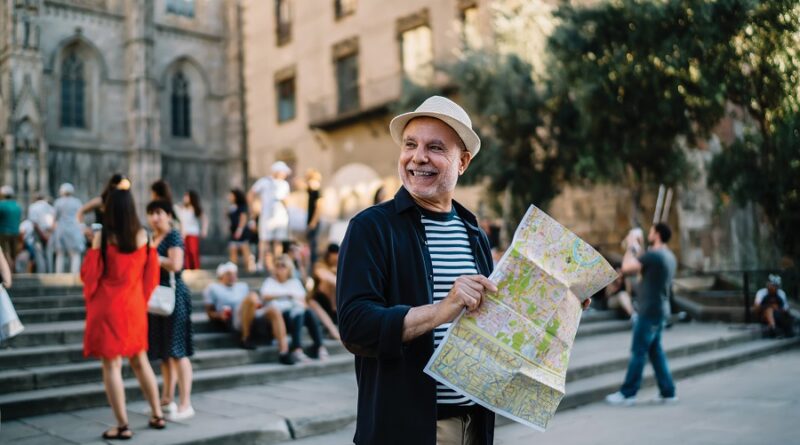Planning an Epic Road Trip
Carla Christian
50plus Magazine
Do you dream of feeling the wind in your hair while rolling through beautiful landscapes? Bring that vision to life with an epic road trip!
The fun anticipation of planning is exciting itself, often lasting long after the trip is done. Whatever your destination, the world is your oyster.
The following tips will help you plan important details and ensure you enjoy the journey — including unexpected adventures (and misadventures) — to the fullest.
Begin by deciding the duration of your trip and how far you’ll drive. For example, a two-week trip might include a week at your destination, allowing three to four days for travel each way.
Some people like to get behind the wheel and not stop (lookin’ at you, dad). But this is not the time to make like Smokey and the Bandit, with a long way to go and a short time to get there. The best road trip memories happen when there’s time to be spontaneous.
Driving four hours per day is a good baseline. It leaves time to follow curious signs (who could bypass the World’s Largest Ball of Twine?), visit sites you may not pass again, and stop for the night before you’re exhausted.
Consider your interests. Do you want to visit wine country, a dude ranch or a coastal retreat? Research local cultural attractions and natural wonders and check for unique events and seasonal temperatures.
Personally, I’ve never met a hot springs I won’t stop for, and I’m a sucker for historic sites, natural wonders and the creations of wildly imaginative people. I’ll also always stop for a Stonehenge replica, mud-daubed earthship or fantastical garden figures.
States and regions offer free handbooks highlighting their most popular features. TravelOregon.com publishes regional guides and niche travelogues like scenic byways, tribal lands and bicycle routes, available in print and online.
Destination chosen, it’s time to plan the trip! Major highways have the advantage of plentiful services like food and gas. They are well-maintained and it’s easy to get help. However, they are seldom the most scenic routes.
So, consider paper maps. Guides like the classic RandMcNally road atlas use a dotted line to indicate scenic routes. Motorcycle maps highlight jaw-dropping roads with twists and turns loved by bike and auto drivers alike. Sites designated as America’s Highways and State Scenic Byways tend to be ogle-worthy.
A scenic route is often a two-lane road with long distances between gas and food stops, so make sure you have a full tank and plenty of water and snacks. Ensure your vehicle is road-worthy with a pre-trip checkup. Some areas don’t have cellular service, so carry paper maps and be prepared. Mountainous roads can be impassable in winter; always check road conditions before you venture onto an unknown route.
Electronic devices offer unbeatable safety perks. A compact battery pack can jump-start your car and charge electronic devices; some can even inflate your tires. GPS devices connect with satellites to provide mapping, texts, calls and SOS signals wherever you are. At the very least, carry a powerpack to charge your phone.
With your route planned and your bags packed, embrace spontaneity. Take the scenic detours and check out roadside attractions. Talk to folks along the way. Dine at local cafes where ranchers meet for coffee or hikers replenish their packs.
Some of my most vivid travel memories involve the pleasures of food — a paper bag of sun-warmed cherries from a roadside stand; sandwiches heaped with brisket smoked out back at a Rocky Mountain diner; a steak and a cold beer savored under a full desert moon.
Your epic road trip is just around the next curve. Enjoy your unforgettable adventure!
Carla Christian is passionate about telling stories that build businesses, brands and communities.

